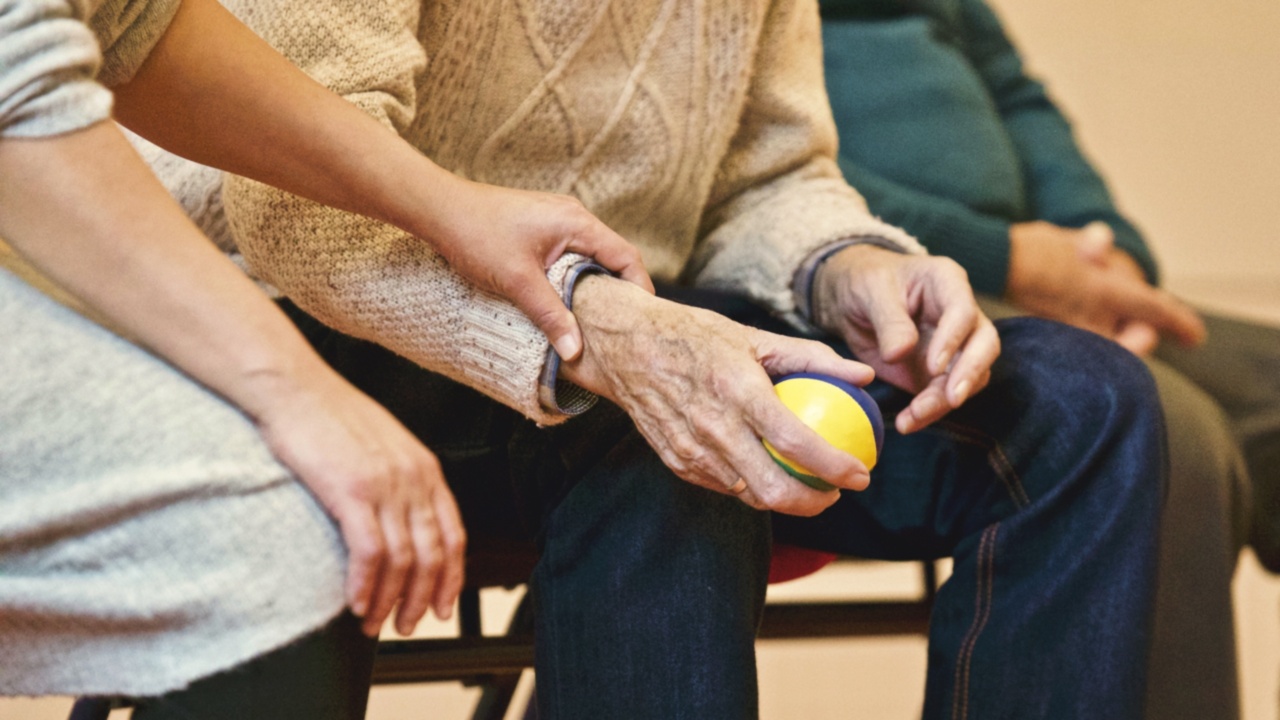As we approach middle age, our bodies start experiencing various changes and challenges. One significant issue that many individuals face is dealing with chronic pain.
Whether it’s joint pain, backaches, headaches, or muscle soreness, finding natural ways to alleviate pain becomes crucial. Instead of relying solely on medication, there are several holistic approaches that can help ease pain in a natural and effective manner. In this article, we will explore ten such methods to promote middle-aged health and well-being.
1. Exercise Regularly
Regular exercise is essential for maintaining overall health, but it can also be highly effective in reducing pain. Engaging in physical activity on a consistent basis helps strengthen muscles, lubricate joints, and improve flexibility.
Low-impact exercises such as walking, swimming, and yoga are ideal for individuals experiencing middle-aged pain. Exercise triggers the release of endorphins, the body’s natural painkillers, which can help alleviate pain and enhance mood.
2. Maintain a Healthy Weight
Being overweight places added stress on joints, particularly in the hips, knees, and ankles. Losing excess weight can significantly reduce pain and inflammation in these areas.
By adopting a balanced and nutritious diet, incorporating portion control, and avoiding processed foods, individuals can achieve and maintain a healthy weight, reducing the burden on their joints and decreasing discomfort.
3. Practice Mindfulness and Stress Reduction Techniques
Stress can manifest physically, triggering or exacerbating pain. By incorporating mindfulness and stress reduction techniques into daily routines, individuals can help alleviate middle-aged pain.
Meditation, deep breathing exercises, and yoga can promote relaxation and reduce stress levels. Additionally, practicing mindfulness encourages individuals to focus on the present moment, diverting attention from pain and minimizing its impact.
4. Improve Sleep Quality
Inadequate or disrupted sleep can intensify pain perception and decrease overall well-being.
Establishing a regular sleep routine, creating a comfortable sleep environment, and avoiding caffeine or electronic devices before bed can dramatically improve sleep quality. By ensuring proper rest, individuals can facilitate better pain management and enhance their overall middle-aged health.
5. Utilize Heat and Cold Therapies
Heat and cold therapies are simple yet effective methods for reducing pain naturally. Applying a heating pad or warm compress to sore muscles and joints can increase blood flow, relax tense muscles, and alleviate pain.
Similarly, cold therapy, such as ice packs or cold compresses, helps reduce inflammation and numb areas experiencing acute pain. Alternating between hot and cold treatments can provide additional relief, depending on the type of pain being experienced.
6. Prioritize Healthy Posture
Poor posture is a common contributor to middle-aged pain, particularly in the neck and back. Maintaining healthy posture while sitting, standing, and walking can help alleviate stress on the spine and other joints.
Avoid slouching and practice good ergonomics while working or engaging in daily activities. Incorporating exercises that strengthen core muscles can also promote proper alignment and reduce pain related to poor posture.
7. Incorporate Anti-Inflammatory Foods
Chronic inflammation often underlies various types of pain experienced by middle-aged individuals. Including foods with natural anti-inflammatory properties in one’s diet can help alleviate pain.
Examples of such foods include fatty fish rich in omega-3 fatty acids (e.g., salmon), colorful fruits and vegetables, nuts, seeds, and healthy fats like avocado and olive oil. These ingredients contain potent anti-inflammatory compounds that can help reduce pain and improve overall health.
8. Massage Therapy
Massage therapy is a valuable tool for middle-aged individuals seeking natural pain relief. Skilled massage therapists can target specific areas of pain, reducing tension, increasing blood circulation, and promoting the release of endorphins.
Regular massages can alleviate chronic pain, enhance flexibility, and improve overall well-being.
9. Try Acupuncture
Acupuncture, an ancient Chinese healing practice, involves inserting thin needles into specific points of the body. It is believed to regulate the flow of energy and stimulate the body’s natural healing processes.
When performed by a licensed and experienced practitioner, acupuncture can provide pain relief by triggering the release of endorphins and promoting a sense of balance. Many middle-aged individuals have found acupuncture to be an effective and drug-free method for managing pain.
10. Seek Professional Guidance
If natural pain-relieving methods do not provide adequate relief, seeking professional guidance is essential.
Consulting a healthcare professional, such as a physician, physical therapist, chiropractor, or naturopathic doctor, can help identify the underlying causes of pain and develop a tailored treatment plan. They may recommend additional therapies, such as supplements or specific exercises, to address individual needs.






























